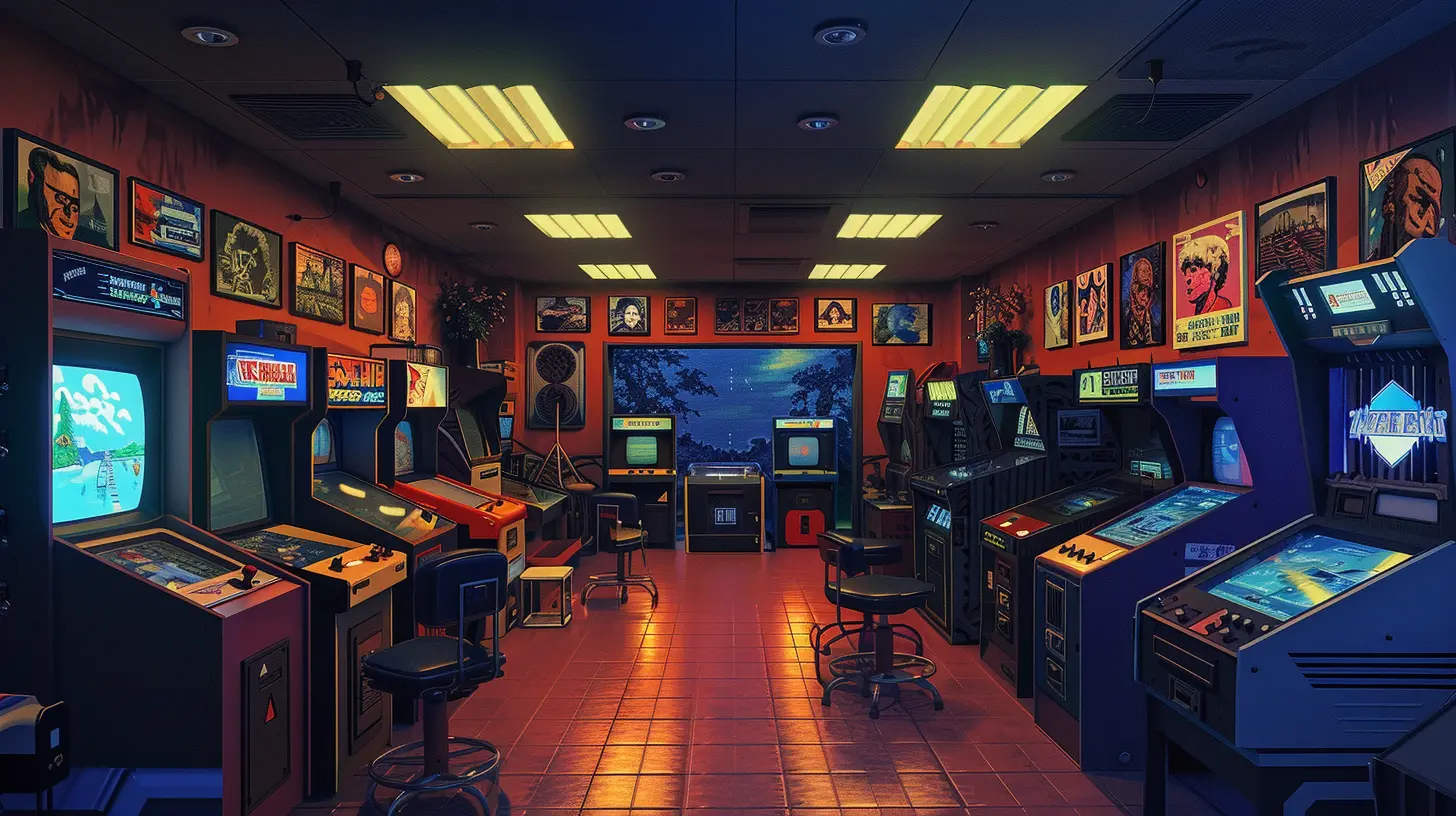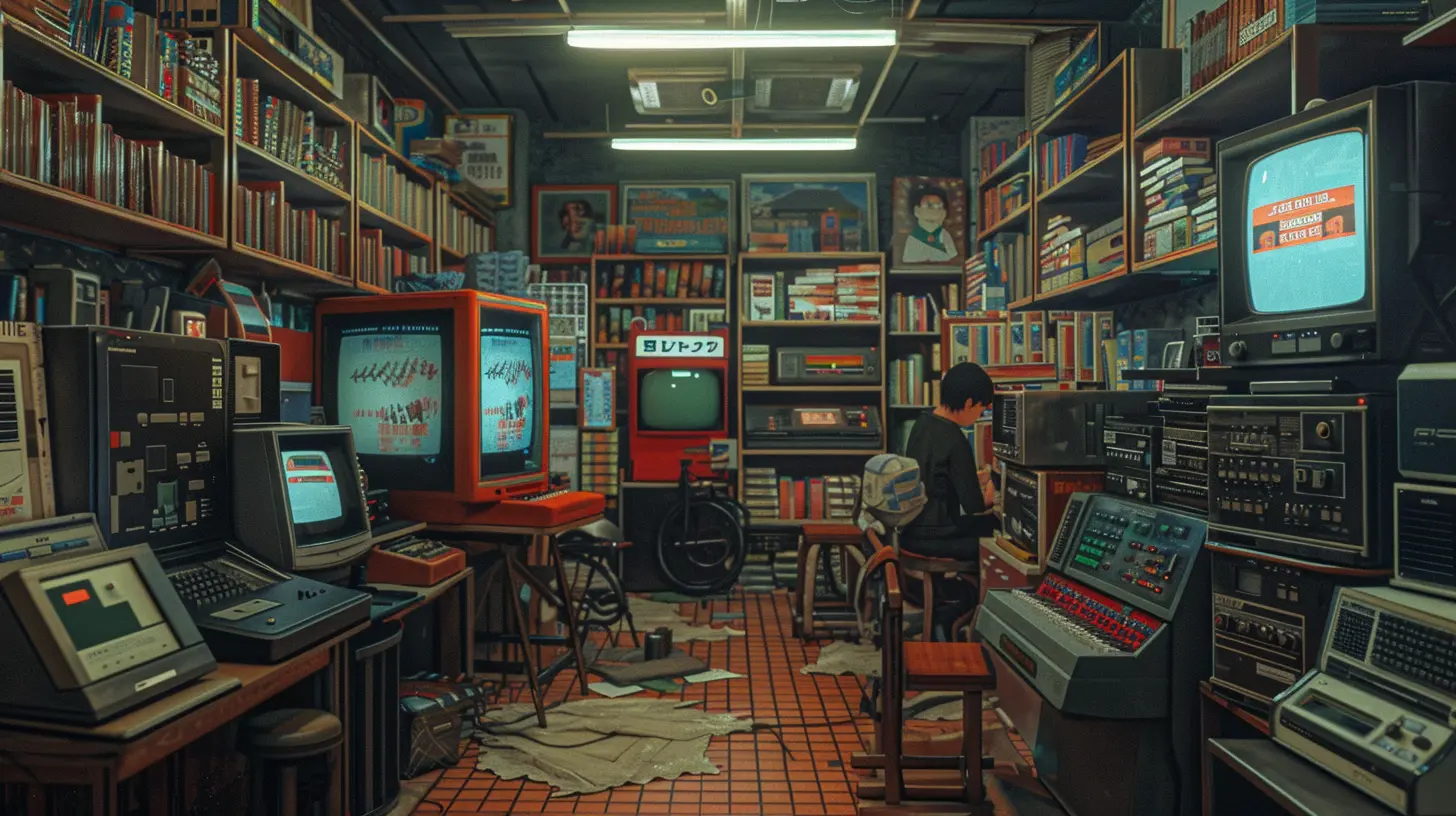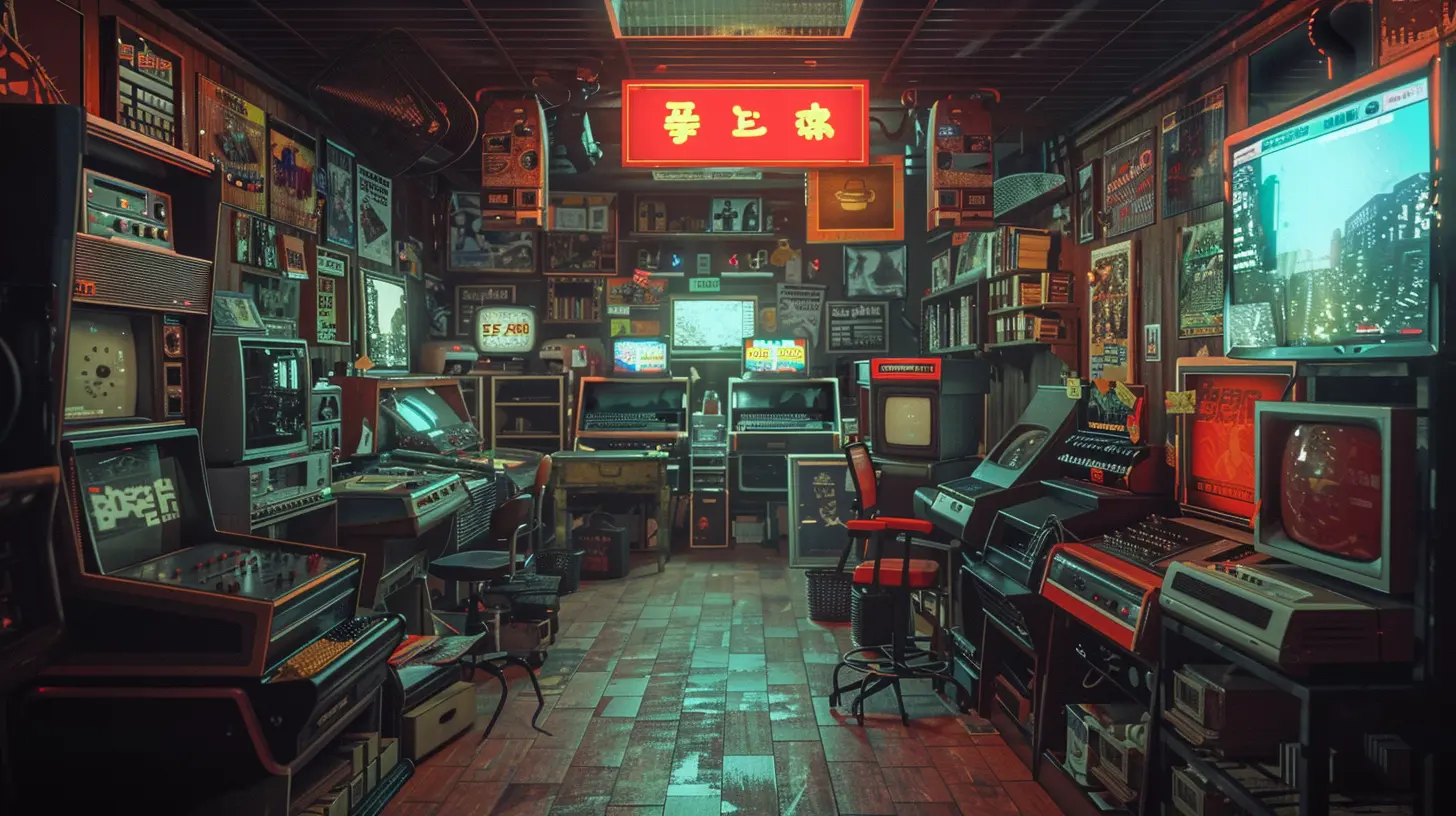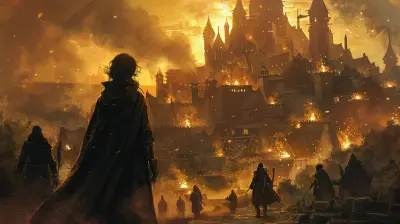The Allure of Retro Simulation Games: Why Nostalgia Never Fades
13 July 2025
Ever found yourself booting up an old-school simulator just to relive a part of your childhood? You’re not alone. Retro simulation games—stuff like SimCity 2000, Theme Hospital, RollerCoaster Tycoon, and Harvest Moon—still hold a special place in many gamers’ hearts. It’s not just the pixel art or chiptune music. There's something deeper going on.
But why do these old-school sim games still captivate us? Why are people still playing games designed decades ago over the flashier, ultra-HD titles of today?
Grab a cup of coffee and take a seat. Let’s dive into the pixelated charm of retro simulation games and uncover why nostalgia never really hits the pause button.
What Exactly Are Retro Simulation Games?
Let’s get something straight first. When we say “retro simulation games,” we’re talking about the classic titles that tried to replicate real-life systems, environments, or experiences with the limited tech of their time.These could be:
- City builders like SimCity
- Life sims like The Sims (the OG version)
- Business tycoons like Theme Park or Transport Tycoon
- Farming simulators like Harvest Moon
They weren’t just about winning points or defeating a boss. They were about building something, managing chaos, experimenting, and watching things unfold. That sense of creative control was addictive then—and still is now.
Nostalgia Is a Powerful Drug
Let’s be real. Nostalgia hits you like your favorite comfort food. It doesn’t just remind you of a time; it makes you feel safe, warm—even happy. When you fire up SimCity 2000, you’re not just laying out roads and power grids—you’re revisiting a simpler time in your life.These retro games are time capsules. They bring back:
- The sound of your old desktop humming
- The feeling of missing homework because you were running a theme park
- The thrill of turning a dilapidated farm into a thriving crop paradise
These aren't just memories. They’re emotions. And that’s why people come back.
Simple Mechanics, Deep Gameplay
Here’s the surprising part—those old games might look simple, but they had layers. Tons of them.Take RollerCoaster Tycoon. It had pixelated graphics, sure, but the mechanics? You had to manage staff, optimize ride efficiency, keep guests happy, fix vandalism, and increase profits—all in one go.
You didn’t need tutorials or season passes to get started. The simplicity of the interface made it accessible. But once you dug in, it offered hours of deep, satisfying gameplay. That’s something even modern games struggle to consistently deliver.
The Charm of Pixel Art and Lo-Fi Audio
Modern games look amazing—there’s no denying that. But do they have charm?Old-school simulation games were made with pixel art not by choice, but by necessity. Yet, over time, gamers developed a love for that blocky, handmade look. It’s like comparing a Polaroid photo to a 4K image. One’s technically better, but the other just feels more personal.
Same goes for the music. Retro sim games had catchy, lo-fi soundtracks that never got old. Seriously, if you’ve ever had the RollerCoaster Tycoon background music stuck in your head for days—you know what I mean.
Slower Pace, Bigger Reward
Let’s be honest—life moves at a ridiculous pace these days. Most modern titles are fast, flashy, and filled with microtransactions. Retro sims? They let you slow down. There’s no rush. No battle royale countdown. Just you, your mouse, and a blank digital canvas.These games taught patience. You had to build gradually, experiment, fail, and try again. That slow-burn payoff—that moment when your city finally runs without blackouts, or your theme park gets five stars? Pure gold.
Modding and Community Longevity
You’d think these games would’ve died off by now, right? Nope. Not even close.The modding community has kept many of these Sims-style classics alive and kicking. Custom buildings for SimCity 4, new scenarios for Transport Tycoon, patches and remasters by fan developers—this stuff has breathed new life into decades-old games.
And let’s not forget the forums, Reddit threads, and YouTube videos full of retro gaming tips. The retro sim community might be low-key, but it’s tight-knit and passionate.
Indie Developers Are Bringing It Back
Now here’s the fun twist—new indie devs are feeding the retro sim addiction.Ever heard of games like Stardew Valley or Project Hospital? They’re modern takes on retro designs. While they’ve got a few more bells and whistles, their core gameplay philosophy mirrors those old-school sims:
- Deep mechanics
- Charming visuals
- Total player control
Stardew Valley, in particular, proves that the retro sim formula still works wonders today. It’s like the spiritual child of Harvest Moon, made with love—and it shows.
Accessibility for All Ages
A 10-year-old could play SimTower. So could a 50-year-old. That kind of cross-generational appeal is rare in the gaming world.Why? Because retro simulation games don’t rely on fast reflexes, graphic violence, or complex button combos. It’s pure strategy and creativity. For families, it means bonding over designing a zoo or raising a digital farm. For solo players, it means hours of chill fun.
The fact that a grandparent and their grandkid can enjoy the same game? That’s magic.
The Reboots and Remasters Continue
Game publishers are no fools. They’ve seen that retro sim love is real—and profitable. That’s why we’re seeing remasters and spiritual successors pop up left and right.- Theme Hospital → Rebooted as Two Point Hospital
- Transport Tycoon → OpenTTD makes it alive and kicking
- Harvest Moon → Reborn through Story of Seasons and its many cousins
These games don’t just cater to old fans. They create brand new ones. Even Gen Z is diving into these classics, proving that good gameplay never gets old.
Why Retro Simulation Games Are Timeless
So, what makes these games stick with us?It’s not just one thing. It’s a perfect mix:
- Freedom: You’re the boss. Make your own rules.
- Creativity: Build things your way, fix problems your way.
- Simplicity: Easy to learn, hard to master.
- Emotional connection: They remind us of who we were—and who we still are.
You can keep your loot boxes and battle passes. For many of us, nothing beats the joy of perfectly zoning a city or optimizing a hospital layout. There’s a special kind of joy in those small victories.
Why You Should Revisit Them (Or Try Them for the First Time)
If you haven’t played a retro sim game in years, or ever, here’s your official nudge to give it a go.Look, we all need a break from high-adrenaline, multiplayer mayhem once in a while. Sometimes, you just want to manage a zoo or grow some crops. No pressure. No rush. Just good ol’ fun.
And the best part? A lot of these games are cheap, or even free. Thanks to platforms like GOG, Steam, or even fan-made projects, you can revisit or discover these gems without breaking the bank.
Final Thoughts: Pixelated Dreams Never Die
Retro simulation games offer more than just a trip down memory lane. They’re a reminder that sometimes, less really is more. They let you slow down, take the wheel, and just enjoy the ride.Whether it's crafting the perfect city grid or just watching digital cows graze under your care, these games scratch an itch modern titles sometimes miss. They're not outdated—they're everlasting.
So yeah, nostalgia plays a part. But great design, memorable experiences, and player freedom? That’s the real reason why retro sim games have never truly left—and likely never will.
all images in this post were generated using AI tools
Category:
Simulation GamesAuthor:

Greyson McVeigh
Discussion
rate this article
1 comments
Ariadne Cooper
Nostalgia in retro simulation games beautifully captures memories, reminding us of simpler, cherished gaming moments.
August 10, 2025 at 2:22 AM

Greyson McVeigh
Thank you! Nostalgia truly enriches the experience, making retro simulation games a heartfelt journey back to simpler times.


